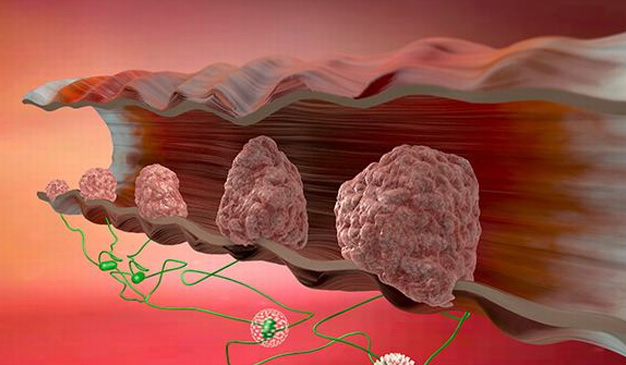
October 20, 2023
Cardiac tumors refer to tumors that occur between the lower esophagus and the stomach. They are malignant tumors. Like other malignant tumors, the spread of cardiac tumors is a serious challenge, which not only brings great pain to patients and their families, but also poses huge treatment problems to the medical community. This article will discuss the characteristics, treatment status, and related treatment hopes of cardia tumor spread.

Spread characteristics of cardiac tumors:
The characteristics of cardia tumor spread are closely related to its unique anatomical location. Because the cardia is located between the esophagus and the stomach, tumors often have no obvious symptoms in the early stages, leading to a higher rate of late diagnosis. Once spread occurs, common pathways include local invasion, lymph node metastasis, and distant metastasis.
1. Local invasion: Cardiac tumors spread to nearby tissues and organs, such as the esophagus, stomach wall, diaphragm, etc. This procedure makes the tumor more difficult to remove and increases the difficulty of surgery.
2. Lymph node metastasis: The lymph nodes around the cardia are one of the primary sites of metastasis. The presence of lymph node metastasis increases the difficulty of treatment and increases the risk of postoperative recurrence.
3. Distant metastasis: Cardiac tumors can also metastasize distantly to other organs, such as the liver, lungs, and bones through the blood circulation or lymphatic system. Distant metastasis not only weakens the effect of treatment, but also adversely affects the prognosis of patients.
Treatment status:
Treatment of cardiac tumors involves multidisciplinary collaboration, including surgery, radiotherapy, and chemotherapy. Currently, common treatments include surgical resection, radiotherapy, chemotherapy and targeted therapy.
1. Surgical resection: For early-stage cardiac tumors, surgical resection is still one of the most effective treatments. Due to the particular location of the cardia, surgery is difficult and risky, and surgical resection cannot completely solve the problem of spread.
2. Radiotherapy and chemotherapy: Radiotherapy and chemotherapy can be used to shrink tumors before surgery, control spread, and provide postoperative adjuvant treatment. Through the combined application of radiotherapy and chemotherapy, the survival period of patients can be prolonged, but for advanced cardiac tumors, the therapeutic effect is limited.
3. Targeted therapy: In recent years, targeted therapy has made important breakthroughs in tumor treatment. Targeted therapy blocks the growth and spread of tumor cells by interfering with their specific mechanisms. There are currently relatively few studies on targeted therapy for cardiac tumors, and their application in clinical practice still requires more verification.
Treatment hope:
Although the treatment of spread of cardiac tumors faces huge challenges, there are still some therapeutic hopes worth looking forward to.
1. Individualized treatment: Through research on molecular biology and genetics, we have a deeper understanding of the molecular mechanisms and genetic variations of cardiac tumors. This provides the opportunity for personalized treatment, i.e., selecting the most appropriate treatment based on the patient's specific pathological characteristics and genetic information.
2. Research and development of new drugs and treatments: With the rapid development of science and technology, some new drugs and treatments are constantly emerging. These include immunotherapy, gene therapy and targeted therapy. The application of these innovative treatment methods may bring new breakthroughs in the treatment of cardiac tumors.
3. Multidisciplinary cooperation: The treatment of cardiac tumors requires close cooperation from multiple disciplines such as surgery, radiotherapy, and chemotherapy. With the advancement of medical technology and teamwork, patients will have more opportunities to receive comprehensive treatments, promoting an increase in cure rates.
The spread of cardiac tumors poses huge challenges to patients and the medical community. With the advancement of medical science and technological innovation, hope for treatment still exists. Advances in personalized treatment, the development of new drugs, and multidisciplinary collaboration provide new possibilities for the treatment of cardiac tumors. We look forward to further in-depth research in the future to find more effective treatments and bring more hope to patients with cardiac tumors.